There are many ways to open the war history!
The history of war, only when it is constantly opened can it be better circulated and continued to exert its value—

The flag of victory is soaked in the blood of heroes; the glorious history of war condenses the heroic souls of martyrs. Today, the glorious history of war is being opened in military history museums.
Only when war history is constantly opened can it be better circulated and continued to exert its value. I often think about whether there are many ways to open the war history, such as not indirectly opening “other”, but Komiks but directly opening “here”?
When history is elsewhere, it is a long-lasting and irrelevant story. Only when other places become here can history become yesterday’s story, become real and concrete, and be closely related to oneself. Walking on the border line all year round makes me truly feel that the history of soldiers is not anywhere else. Babaylan is right under our feet and in front of us, within reach.
The air-raid shelters, bunkers, and tunnels baptized by the fire of war, even every grass, tree, sand and stone has been stained with the blood of heroes and condensed the heroic souls of martyrs. The war history will be more contagious and vital when it is opened at Cinema from now on.
In the border gate of Yunnan, there is such a trench military history museum.
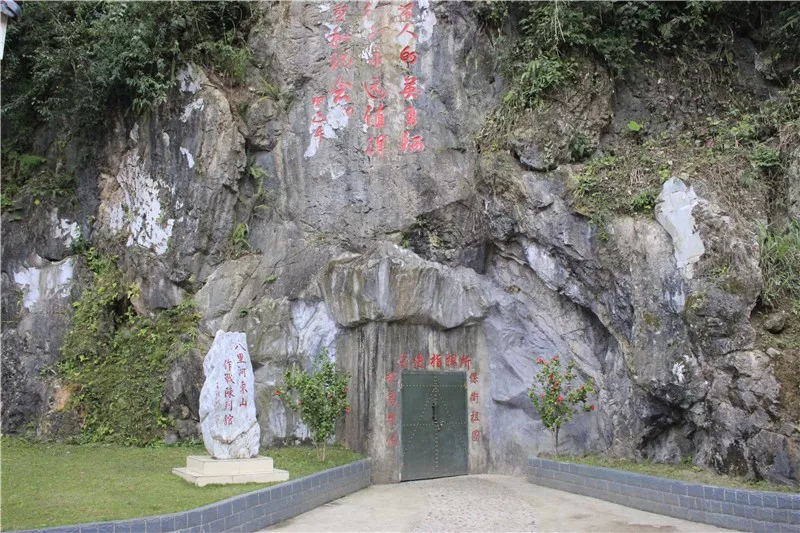
This military history museum is built in a trenches. The “Forward Command Post” engraved above the entrance reminds people that there have been countless soldiers fighting bloody battles here; the minefield warning sign next to it has been eroded by wind, but the skull on the warning sign is still daunting.
The location has not changed, the environment has not changed, and the space has not changed. When you walk into the Trenches and Military History Museum, it seems like you have returned to the battlefield of the past. The hero’s appearance is still there and youth is still there, and the hero’s spirit is immortal and stronger over time.

When the construction of this military history museum abandoned the original color matching, material selection, and technology application in the past, but used some tough materials, such as angle steel, wire mesh, etc. to maximize the restoration of the original appearance of the trench. Although the effects of silent photoelectricity, 3D animation, etc., the yellow photos, shabby military uniforms, sharp shrapnel, blood-stained battle flags, rusty landmines and shells… not only witnessed the cruelty of war and the tragic heroes, but also truly restored the atmosphere and scene of the war back then, which was more shocking than any high-tech.
Everything in front of me made me feel uncomfortable. Although the war has been extinguished for many years, thisCinemaTrenches and Military History Museum, but it makes people feel that the war seems to have happened yesterday.
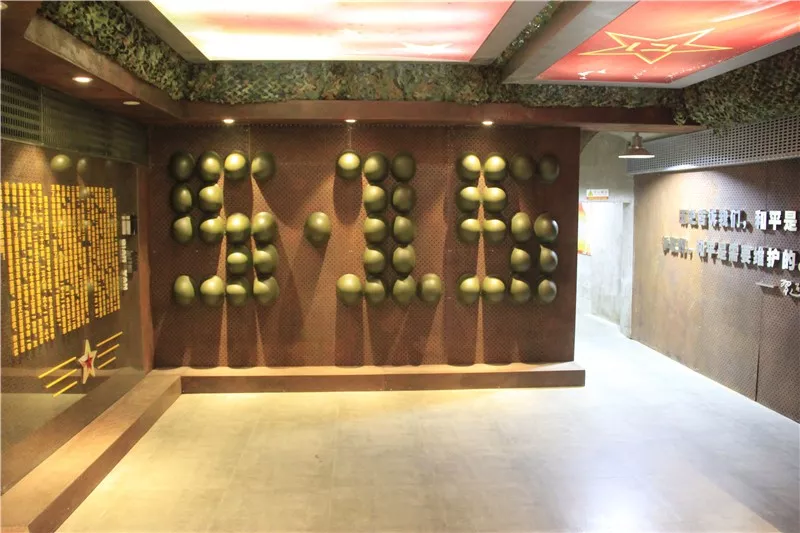
Here, every scene is a freeze of history, and no one needs to explain it. Just by looking at, smelling the nose, stepping on the feet, and touching the hands, you can open the unforgettable war history at zero distance.
Here, the life of war history is being passed down from generation to generation; the value of war history is being continuously excavated and turned into the source of strength.
(Reporter Ma Fei of our newspaper)
Trenches Military History Museum: A spiritual dialogue that travels through time and space
■People’s Liberation Army Daily reporter Ma Fei Correspondent Guo Xing and Yang Bo
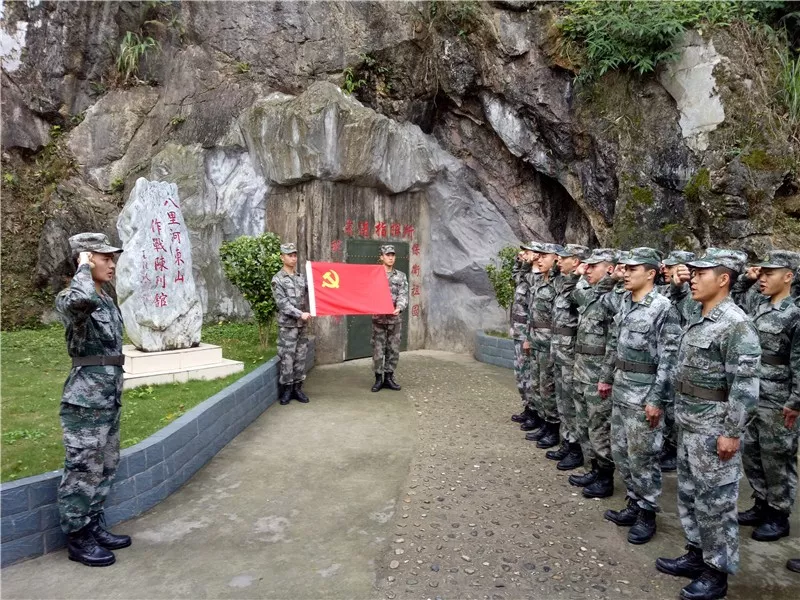
Early summer, in southern Yunnan, grass grows and birds fly, and the mountains on the border are wrapped tightly with dense vegetation. At first glance, there is only a huge rock on the hillside of Balihedong Mountain, which is slightly bare.
Early in the morning, the sun shines on the rocks, illuminating a row of bright red characters with a row of bright red characters – “The heroic sacrifice of soldiers is always worthy of respect and commemoration.” Next to the rocks, the national flag raised by the “Seventh Steel Company” of a border defense brigade of the Southern Theater Command Army flutters in the wind, and reflects the bright red characters. The Trench Military History Museum is located here.
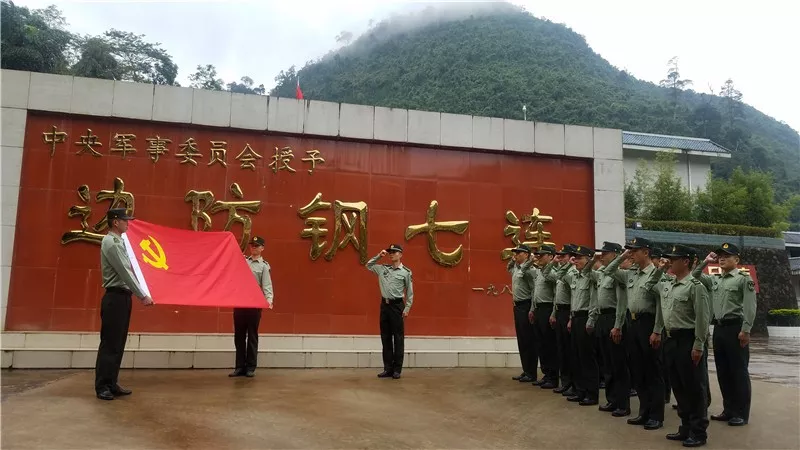
After breakfast, “Gangqi”Company “Senior Private Guo Chuyuan came to the Trench Military History Museum, walked to a photo, and quietly said to the martyr Duan Ping: “Senior, I will go to the brigade to participate in the competition. Do you think I can do it? ”
The martyrs remained silent, and their sharp eyes seemed to exude an invisible force.
Such “dialogues” often appear in the “Seventh Steel Company”. In the eyes of the officers and soldiers of the company, the Trench Military History Museum is like a vicissitudes of life and accompanies them to grow up.

Conversation between the 18-year-old soldier and the 18-year-old martyr

The first encounter with the martyr Duan Ping is still vivid in my mind.
Guo Chuyuan is from Guangdong, with a superior family condition and likes to study ancient currencies since he was a child. The ancient currency template he imitated was worth tens of thousands. Two years ago, in order to train himself, 18-year-old Guo Chuyuan chose to join the army. After he was in the company, he worked as a machine gunner. He is fat and has never suffered any hardship since he was a child, and he can’t keep up with the training.
In the first five-kilometer armed cross-country training, Guo Chuyuan fell. Not only was his hand scratched, but he also threw the machine gun far away. “You can’t even handle the gun well, and you are worthy of being a soldier? “The company commander was angry and said harsh words.

That day, Guo Chuyuan, who “wanted to find a place where no one really cried”, came to the Trenches Military History Museum without realizing it. In the quiet and peaceful trenches, shrapnel scratches and bullet holes were vaguely visible, which seemed to still tell the fierceness of the past battle. On the wall were pictures of the martyrs who died in that war. At this moment, the martyrs’ eyes seemed to be staring at him, calm and powerful, comforting his aggrieved heart.
Guo Chuyuan’s eyes were soon attracted by the deeds of the martyr Duan Ping – three times injured and did not fall off the line of fire, Komiks was shot in his abdomen and his intestines were flowing out. He stuffed his intestines back into his abdomen with his hands, and continued to fight, killing five enemies one after another.Injured three enemies until they died heroically.
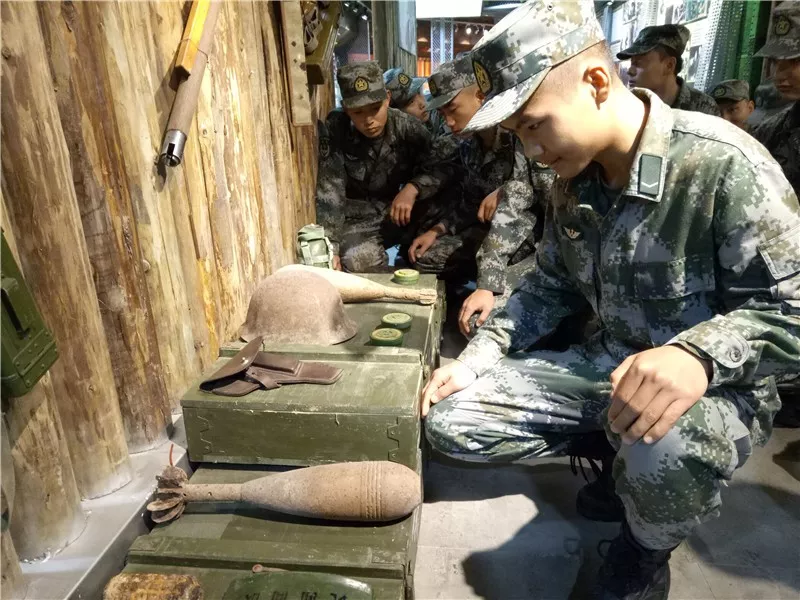
In just a few words, “just like thunder” exploded in Guo Chuyuan’s heart. Martyr Duan Ping is like him, both 18 years old and is a machine gunner.
More than 30 years ago, soldiers of his age, defeated the invading enemy in the cold and wet trenches where he stood, and kept their lives forever at “18 years old”.
“Compared with them, what’s my grievance?” At that moment, Guo Chuyuan secretly made up his mind: be a decent soldier! Since then, Guo Chuyuan began to train hard, and his weight has dropped from 170 kilograms to 130 kilograms, and his training score has increased sharply.
It seems like it is an agreement. Whenever he achieves achievements or is criticized, Guo Chuyuan likes to go to the Military History Museum to talk to the martyr Duan Ping.
“What is a soldier?” Standing in the place where the martyrs fought, breathing the air that the martyrs had breathed, and touching the land where the martyrs were sleeping forever, Guo Chuyuan felt as if he had traveled to that era of war, fighting side by side with Duan Ping, and slowly had an answer in his heart.
The 27 boundary markers guarded by the company are 20 in the minefield, with mines everywhere, poisonous snakes lingering, and the roads are difficult and dangerous. Every time you patrol in the minefield, it is a test of life and death.
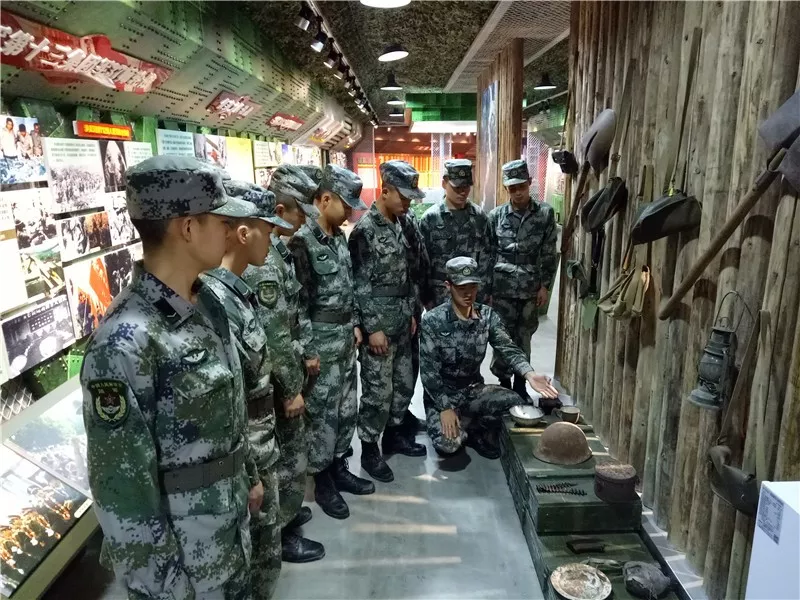
“Are you afraid of death?” Guo Chuyuan seemed to have thought about this question carefully: “I am not afraid of death, but I am afraid that all my comrades will die.”
Guo Chuyuan is obviously not the only one who is inspired by the martyrs.
The warrior Rowe completed his missions many times and was awarded the third-class individual merit at the end of last year. He compared the Trench Military History Museum to a guiding light: “Sometimes, as long as you stand there, you feel your heart burning and your blood boiling.”
This soldier who once applied to retire early will never forget this scene. That day, Babaylan stood in front of the photo of the martyr Duan Ping, lowered his head and asked, “Senior, do you say I left like this? Are you a deserter?” Luo Wei, who did not dare to look directly at Duan Ping’s eyes, suddenly realized that he had left like this, and he did not even have the qualification to look at him in a straight line with his senior.
Li<a hOn the day of his merit, Rowe specifically ran to the Military History Museum. He raised his head proudly and saluted the martyr Duan Ping.

Conversation between audio instructors and silent “instructors”
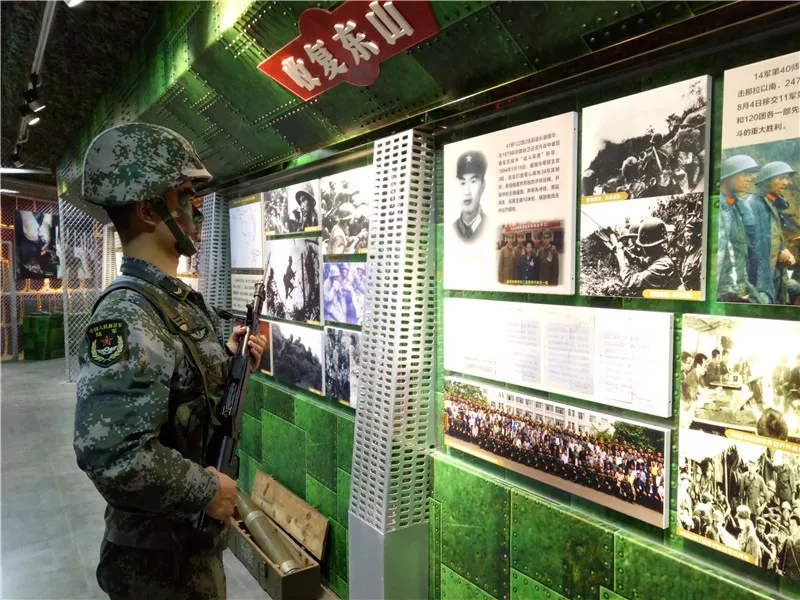
The officers and soldiers of the “Seventh Steel Company” said that they had two instructors: one was Wang Yongqing, the “standard” and the other was the silent trench military history museum. Wang Yongqing himself felt that “silence is better than sound.”
Wang Yongqing was once the writer of the agency. He organized major activities and wrote important materials. He was proficient in everything and worked well in the agency. When he was transferred from the agency to the “Seventh Steel Company” as an instructor, Wang Yongqing was once uncomfortable and thought about jumping out of the mountain as soon as possible after taking the postgraduate entrance examination.
I heard that the WarBabaylanThe Treasury Military History Museum was quiet, so Wang Yongqing went there to read a book. One day, two days, three days… Soon, a month passed, and Wang Yongqing did not expect that he “had become less and less interested in reading postgraduate entrance examination books, and hedging his interest in reading another ‘book’.
The other “book” that Wang Yongqing mentioned is the Trench Military History Museum.
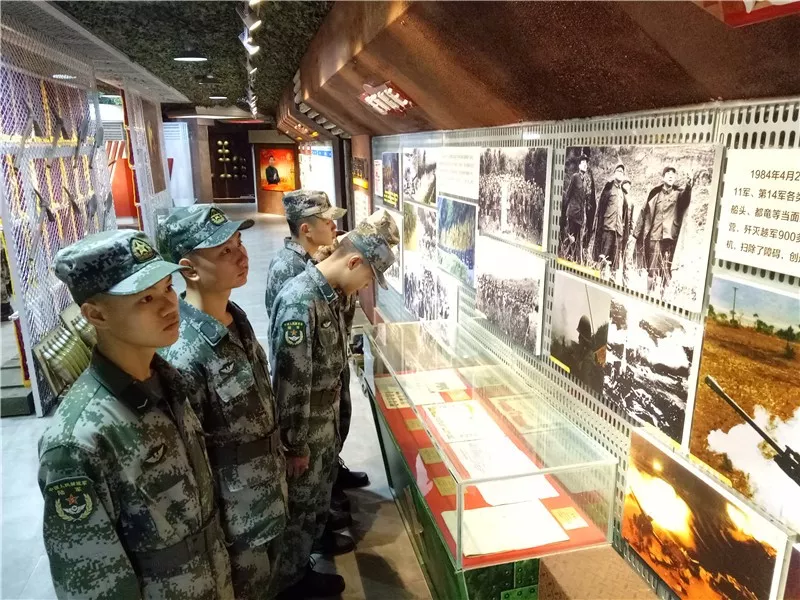
Looking at the battlefield situation chart marked with red and blue arrows on the table, the sand table filled with red flags on the ground, the banners on the wall, and the rows of martyrs’ heroes… Wang Yongqing “the more he reads, the more he feels that this book is profound and profound.”
I don’t know how many times, Wang Yongqing stopped in front of the photo of the fighting hero and martyr Xie Guohua. He could almost recite the text next to the photo. During the battle, Xie Guohua, as the deputy company commander, led the main attacking third platoon to attack the enemy’s core position, personally carried the explosive package and exploded the barbed wire, opened up a path to rush to the enemy’s position, and took the lead in charge and assaulting bravely. He was hit by enemy shells and died gloriously 10 meters away from the enemy’s position.
“When the war was in the past, the company cadres rushed forward with the soldiers. Why do I think about retreating now?” What made Wang Yongqing deeply educated was also a letter written by Xie Guohua to his mother –
“Mom, I miss you very much, but I can’t go home. Komiks cannot put personal interests first.” “Mom, you have 3 sons, it’s okay to offer one to the country.” “After I die, please don’t cause trouble for the organization and comrades”…
That day, Wang Yongqing, who was determined to take root in the company, said to Xie Guohua: “Senior, don’t worry! KomiksI will definitely lead the officers and soldiers to guard the positions you have captured!”
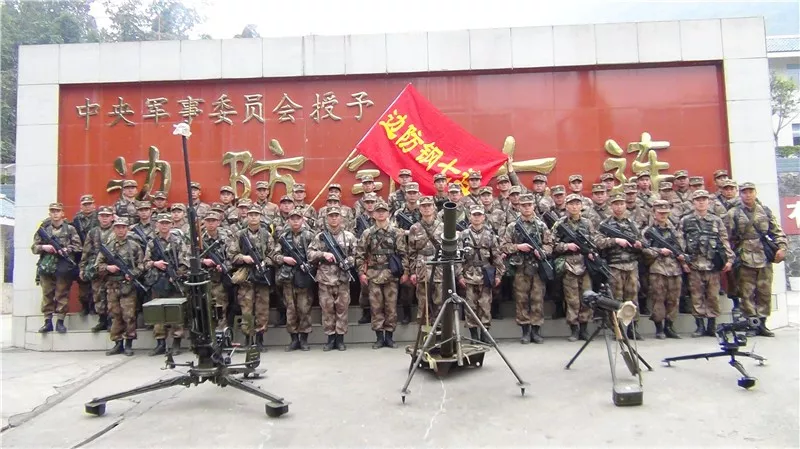
Later, Wang Yongqing led the officers and soldiers to patrol the 20 boundary monuments in the minefield. Once, he led 6 soldiers to find a boundary marker. Because weeds and trees grew too fast in summer, a patrol road that was only 0.5 meters wide disappeared.
Someone suggested: “If you really can’t find it, it’s fine. Anyway, the boundary marker is in the minefield, and no one dares to move or destroy it.” But when he thought about the location of the boundary marker, it was the position that Xie Guohua and his comrades captured with their lives, Wang Yongqing was unwilling to give up. In minefields covered with mines, every 10 meters of advance, Cinema takes more than 20 minutes to walk. He led the soldiers to try three directions, searched for more than an hour, and finally found the boundary marker.
Wang Yongqing not only absorbed nutrition from the book Trenches Military History Museum, but also led the officers and soldiers to the Trenches Military History Museum to study together. Facing the blood letters, family letters, and battlefield diaries left by their predecessors, they ask themselves what they should do; facing the sacrificed martyrs, they ask themselves what they are for; facing the heroes and models, they ask themselves what they still lack. This “three faces and three questions” made many officers and soldiers blush.
The silent “instructor” nourishes the cohesion of the company in a subtle way and improves the combat effectiveness of the company. At the end of the year, the company won the first place in the group and was rated as a “grassroots model unit for practicing the goal of strengthening the army” by its superiors.

Conversation between active “veterans” and retired veterans
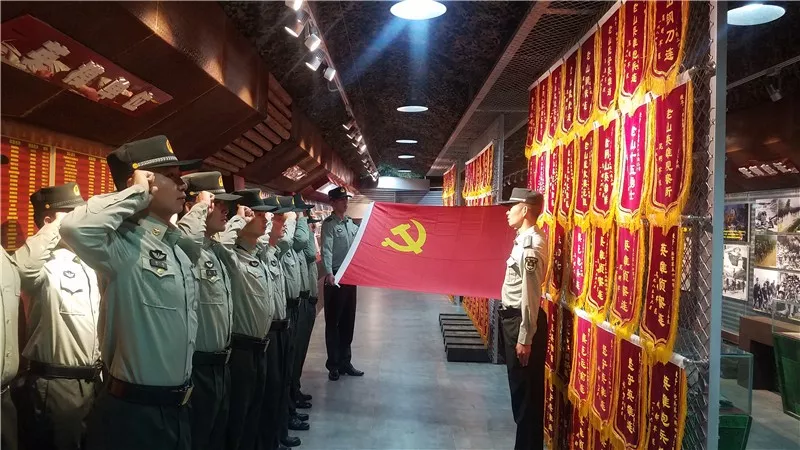
This is a spiritual baptism that travels through time and space.
In July 2016, the Trench Military History Museum welcomed a group of special guests – more than 20 retired veterans. To this end, the company specially arranged five non-commissioned officers to be responsible for reception.
The veterans were wearing faded old military uniforms, covered with military medals on their chests, and carrying shoulders and kettles on their shoulders, shouting loud calls. Although some people were injured in participating in the war and their legs were not very flexible, their strict military appearance and high morale still made the company officers and soldiers respect them.
In addition to visiting the Military History Museum, these veterans also had another purpose for this trip to commemorate their comrade Bao Xinzhi. It was in this trench that Bao Xinzhi was killed and sacrificed gloriously by the enemy’s shells.
The veterans lined up neatly at the entrance of the Military History Museum, each lit a cigarette, and called out in unison: “New Knowledge, comrades are here to see you!”
A comrades’ tears, life and death are separated into memories. More than 30 years of longing and concern have allowed these veterans who have experienced life and death to shed tears, and released the emotions buried deep in their hearts.
This situation moved several non-commissioned officers in the company. Sergeant Xie Pengyuan said that he had been in the army for 9 years and had many comrades in his army. Sometimes he felt that the relationship between comrades would fade, but that time he truly understood the meaning of the word “comrades-in-arms” was a life-and-death relationship that could withstand the test of time, space, and reality, and could never be forgotten or cut off in his life.

Before leaving, the veterans took a photo with several non-commissioned officers. “Seeing you, we are like seeing ourselves more than 30 years ago. At that time, we did not lose an inch of territory. Your conditions have improved and your weapons are more advanced. With you guarding here, we will feel at ease.” The veterans left, but their requests and expectations echoed in the ears of several non-comiccommunications officers, making everyone more clear about the responsibilities on their shoulders.
After the completion of the Trench Military History Museum, many retired veterans visit each year. In a sense, they are more like the owners of the Military History Museum, and they inject tremendous “viability” into the Military History Museum every year.
In April 2017, more than 10 retired veterans came to visit the Military History Museum. KomiksCorporal Liu Xu is responsible for accompanying him. The familiar scenes, familiar objects, and the scenes in front of the eyes made the veterans feel very intimate. When he walked to the exhibition hall where the battle was most intense, the veteran Shideshan stopped in front of a photo for a long time. He pointed to the protagonist in the photo and said to Liu Xu, “That commander is me!” Liu Xu did not expect that the combat hero who could only be seen in the photos on weekdays was standing in front of him. Although many years later, Shideshan still remembers every detail when he recalled the fierce battle with the enemy at that time. At that moment, Liu Xu felt that the Military History Museum seemed to be “living”, and reality and history were so close. Babaylan
The hero is gradually getting old, but his spirit is being passed on. That day, when he looked back at the Military History Museum when the gray-haired veteran left, a sense of mission that he had never had before rose in Liu Xu’s heart.

“Trenches and Military History Museum” is everywhere
■People’s Liberation Army Daily reporter Ma Fei Correspondent Yin Hongze
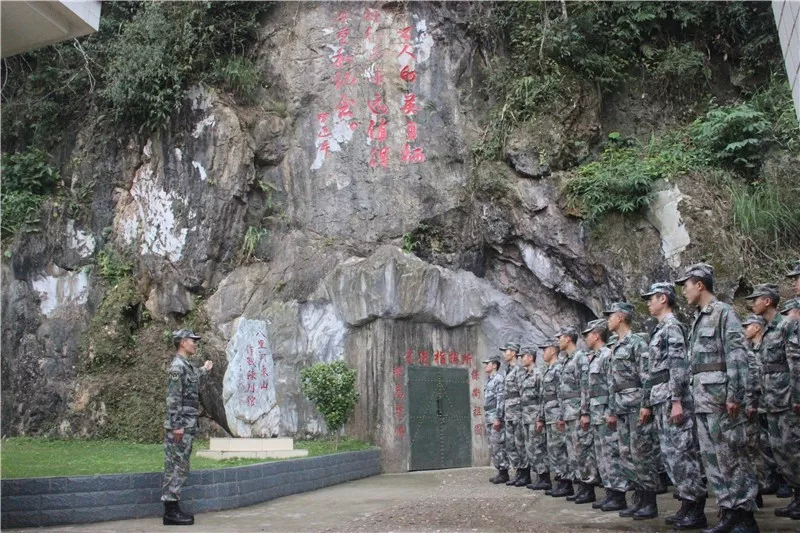
From the head of Nanchang to the foot of Jinggang Mountain, from the Luding Bridge to the banks of the Chishui River, from the Baishan Black Water to the towering Taihang, from Shangganling to Laoshan… In the magnificent historical river of more than 90 years, our army’s combat footprints have spread throughout the land of China.
To this day, the battlefield of the past has become a ruin. Although there is no smoke of gunpowder, the “war flavor” still exists. As long as we keep our hearts on forgetting history, we will find that there are “trenches and military history museums” everywhere and we can draw nourishment from war history at all times.
Jinggangshan, located at the junction of Hunan and Jiangxi provinces, is known as the “cradle of the Chinese revolution”. There are more than 100 well-preserved revolutionary sites, of which more than 20 have been listed as national key cultural relics protection units, becoming a classroom for red holy places and revolutionary traditional education.
The Chishui River rushes between the Wumeng Mountains and the Dalou Mountains, recording a battle that has been recorded in history by the Red Army – the Battle of the Four Crossings of the Chishui River. After liberation, the local government erected monuments at each ferry, using inscriptions to commemorate the heroic achievements of the Red Army for future generations to admire. To commemorate that wonderful military operation, Guizhou Province also built the Memorial Hall of the Four Crossings of Chishui, allowing more and more people to open up the magnificent war history from here.
In the southwestern border of the motherland, on the necessary road to the main peak of Laoshan, there is a narrow and steep staircase, known as the “100-meter line of life and death”, and is one of the most intense places in the battle back then. After the war,The troops built it into a cement stone staircase with 223 steps to commemorate the 223 officers and soldiers who died in the battle for the main peak. A border defense company stationed here treats it as a “position classroom” and regularly organizes drills such as occupying positions and launching attacks along the “100-meter line of life and death”, allowing officers and soldiers to experience the hardships of the battle that year.
In the Malipo Martyrs Cemetery not far from Laoshan, more than 900 officers and soldiers were sleeping here. The faces on the tombstones, filled with youthful atmosphere, have become synonyms for interpreting loyalty, blood and dedication; the inscriptions carved in blood are not only a high recognition of the short life of our ancestors, but also the best spiritual baptism for future generations. There are similar martyrs’ cemeteries in Pingbian, Hekou, Maguan, and Jinping, Yunnan. They are like monuments standing on the border highlands. While igniting people’s spiritual sky, they also make everyone understand that a happy life is hard-won.
In the outskirts of Malipo County, Yunnan, there is a military theme park called “Laoshan God Cannon” which not only contains the original battlefield sites such as trenches, bunkers, tunnels, etc., but also displays artillery shells, mines, and various weapons and equipment used in wartime, such as tanks, cannons, guns, etc. Walking into the park, the strong visual impact made that glorious war history open inadvertently. At present, Malipo County is preparing to integrate the military theme park with red resources such as Laoshan Main Peak, Martyrs Cemetery, and Tent Primary School to create an exclusive red tourism route so that more people can remember history and remember martyrs.
The towering heroic mountain is immortal and the soul of the southern border. Standing at the Tianbao Port in China, looking up at the top of the mountain, the main peak of the past battle and the rolling mountains around it formed a shocking picture – a soldier wearing a steel helmet and holding a steel gun lying in the arms of the mountains, calm and peaceful. The border guards called it Komiks‘s “Hero Mountain”, and they said that it was the incarnation of heroes and an immortal eternity.
“Maybe I’m sleeping forever and can’t wake up again. Do you believe that I’ve turned into a mountain range…” Who can say that this is not a natural military history museum?
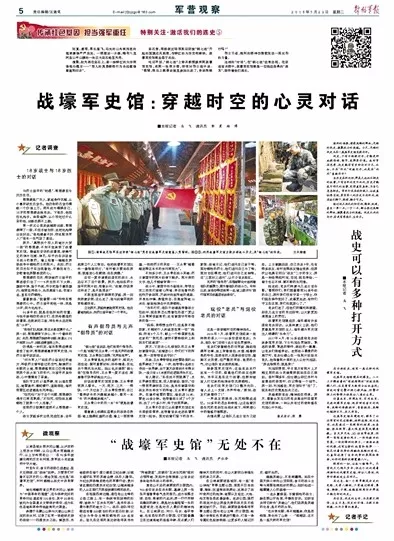
This article was published in the People’s Liberation Army Daily on May 22, 2018
“Military Camp Observation” version